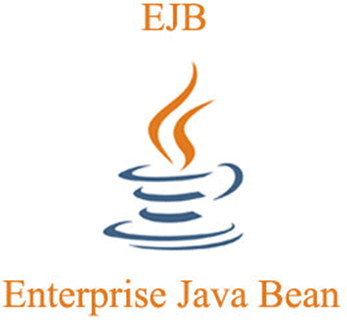What is the full form of EJBEJB: Enterprise Java BeanEJB stands for Enterprise Java Bean. It is a Java application programming interface (API) for Java Platform, Enterprise Edition (JEE). It is provided by Sun Microsystems to simplify the development of large, secured, and scalable distributed applications. 
EJB component is a server-side and platform-independent software component that represents the business logic in scalable, multilayer, and distributed applications. Thus, it simplifies the application developer's work by allowing them to focus on their business logic. When is EJB needed?
EJB TypesThere are three types of EJB; session bean, entity bean, and message-driven beans. 1. Session bean: It implements the business logic of the client, e.g., it can calculate interest on deposits for a banking application.
2. Entity bean: It is a data component that persists the data in the database. 3. Message-driven bean: It manages messages asynchronously, so used in asynchronous communication scenarios like receiving JMS messages. Enterprise Java Beans' benefits
Enterprise Java Beans' drawbacks
AdvancementThroughout time, EJB has changed to accommodate the shifting demands of corporate applications. EJB 3.2, the most recent version, was made available with Java EE 7. Many updates and new features are included in this edition, including support for asynchronous processing, increased speed, and more straightforward programming paradigms. SummaryFor creating distributed, scalable, and secure corporate applications in Java, EJB offers a strong component architecture. It offers a collection of common APIs and services that make it easier to create complex systems, and it is always developing to suit the changing demands of the organisation.
Next TopicFull Form
|
 For Videos Join Our Youtube Channel: Join Now
For Videos Join Our Youtube Channel: Join Now
Feedback
- Send your Feedback to [email protected]
Help Others, Please Share










